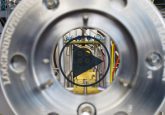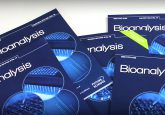Are routine NMR and MS instruments sensitive and accurate?

NMR and MS measurements were harder to perform even a decade or two ago, with highly qualified, dedicated, personnel often required to operate the instruments. The paradigm has since changed dramatically.
Significant advances have been made by researchers in spectral instrumentation. Fields such as life sciences, chemistry, catalysis, material science and engineering have ubiquitously applied NMR and MS measurements. In addition, an improvement in software has further advanced spectral technologies. Today personal computers, iPads and even smartphones can be used to operate a NMR or MS machine. Following a short training session spectral data can be measured by graduate and undergraduate students themselves.
However, modern literature has been affected by an increasing number of spectral errors, inconsistent measurements and misinterpretations. The supporting information of research articles dealing with chemistry and life sciences often contains inconsistent spectral data and there is a possibility for further inconsistencies as more complicated instruments become available.
Technical questions concerning routine analytic characterisation have been addressed by a group of researchers from the Zelinsky institute, who have provided a concise description of the most important features regarding the accuracy and sensitivity of NMR, EI-MS and ESI-MS measurements. A number of ’must knows’ that are necessary for the achievement of reliable measurements are listed by the group. Despite the fact that these principles of analytic measurements are well known, routine spectral studies often suffer from common mistakes.
Sources: Tsedilin AM, Fakhrutdinov AN, Eremin DB et al. How Sensitive and Accurate are Routine NMR and MS Measurements? Mendeleev Communications DOI: 10.1016/j.mencom.2015.11.019 (2015); How sensitive and accurate are routine NMR and MS instruments?






